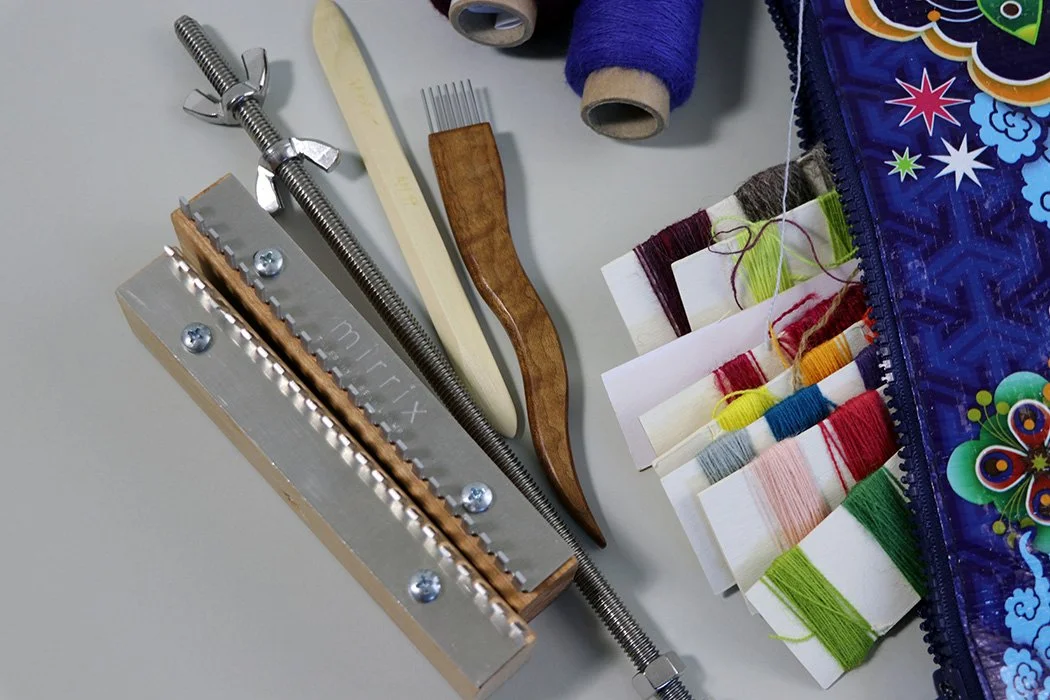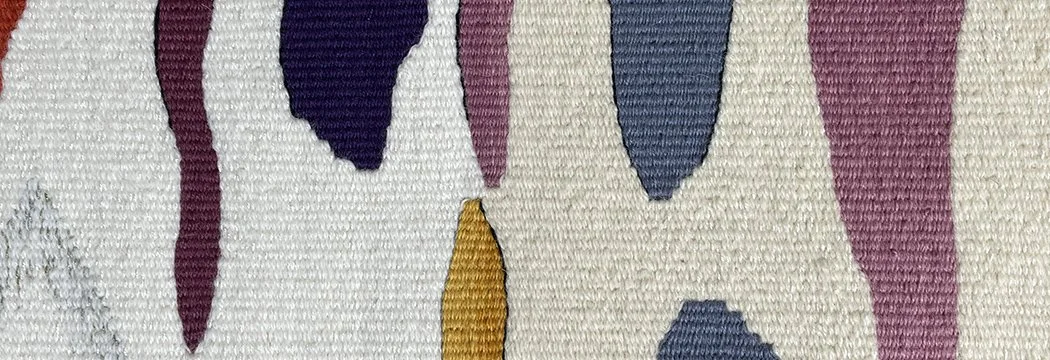Lately I’ve seen a lot of questions in the online course and in my email from people asking about headers and finishing such as the one below from Hannah.
“I have purchased your book The Art of Tapestry Weaving and I am at the section about hemmed headers. I am at the end of my piece and am doing the header steps in reverse, but I'm not sure what to do after weaving the 1/2 inch of waste yarn. I will be grateful for your guidance. I'm truly loving the book. It's so good, thorough, and informative!” —Hannah via email
Thank you for this question Hannah. For anyone who doesn’t have The Art of Tapestry Weaving, I present two different ways to do headers in the book. There is a simple double half-hitch header that is very useful and a hemmed header which is the one I use on my large-format pieces.







